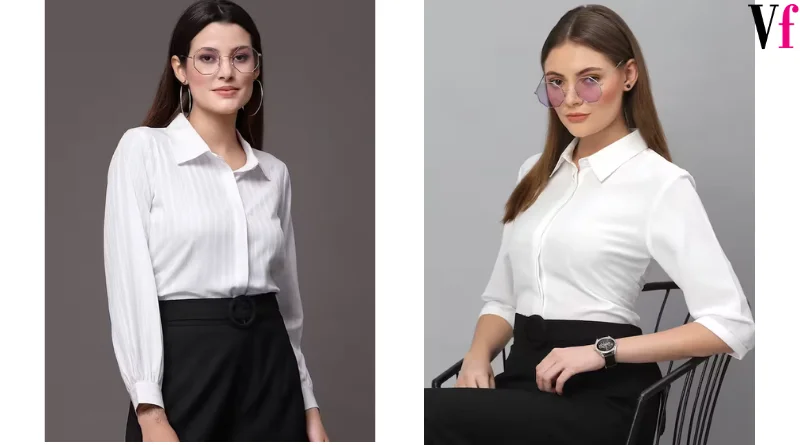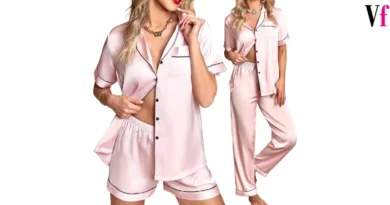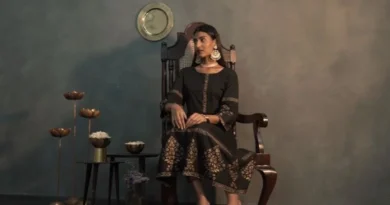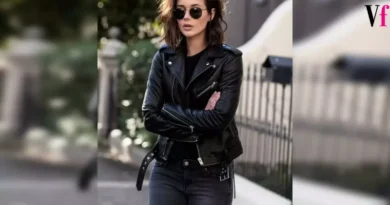Top Formal Wear For Women in 2023
Top Formal Wear for Women in 2023: An Elegance Rooted in Timeless Grace
Fashion has a unique way of reflecting the ethos of an era, and formal wear for women is a testament to this phenomenon. Evoking sophistication, elegance, and professionalism, formal attire has graced countless occasions and boardrooms. This blog embarks on a journey tracing the origin of formal wear for women, exploring its quality evolution, and illuminating the renowned brands that have defined its presence across India, Europe, and United States.
The Genesis of Formal Wear for Women
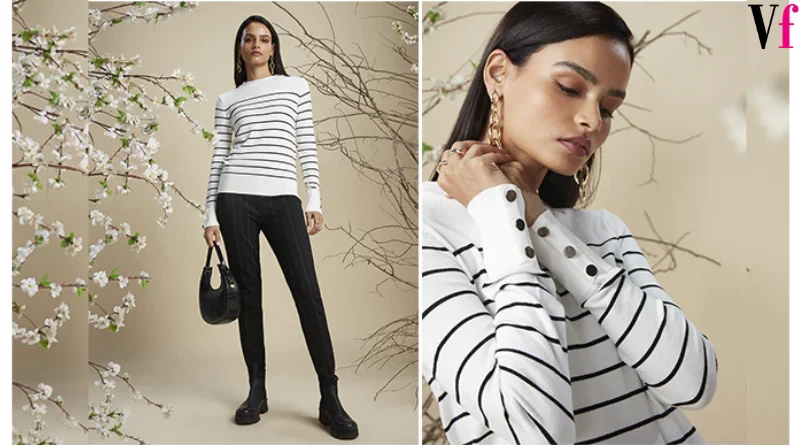
The concept of formal wear for women can be traced back to the transition from Victorian to Edwardian fashion in the late 19th century. This marked a departure from the heavily corseted and ornate styles of the past. Formal wear began to prioritize simplicity, tailored cuts, and understated elegance.
The iconic “Little Black Dress” (LBD) pioneered by Coco Chanel in the 1920s revolutionized formal wear for women. Its timeless appeal and versatility captured the essence of modernity, setting the stage for a new era of sophistication.
Quality Evolution of Formal Wear
The evolution of indian formal wear womens has seen a continuous refinement of design, fabric, and craftsmanship:
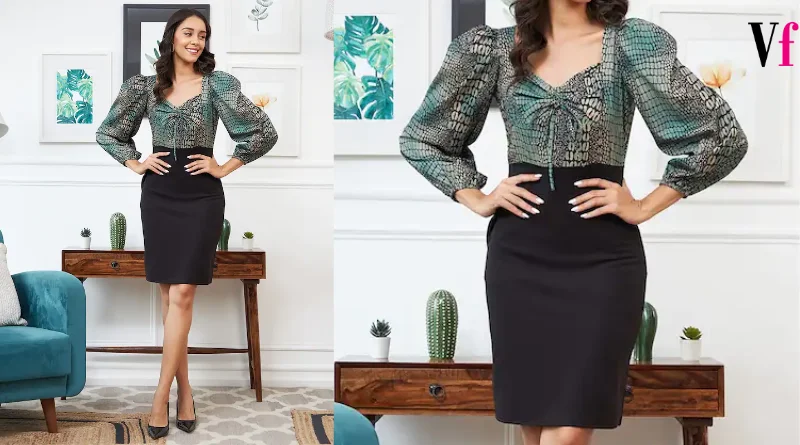
1. Silhouettes and Tailoring
Early formal wear featured corsets, voluminous skirts, and ornate details. Over time, these gave way to sleeker silhouettes, tailored cuts, and cleaner lines that flattered the female form.
2. Fabric Selection
Quality formal wear relies on luxurious fabrics that exude elegance. The shift from heavy fabrics like silk and satin to lighter options like crepe and chiffon has resulted in comfortable yet regal attire.
3. Embellishments
Historically, formal wear was adorned with intricate embellishments such as beading, lace, and embroidery. Modern formal wear employs subtler embellishments that enhance the garment’s sophistication without overwhelming it.
4. Color Palette
While black remains a staple in formal wear, the color palette has expanded to include a range of muted hues and pastels. This diversity allows for more personalized expressions of elegance.
5. Accessories and Detailing
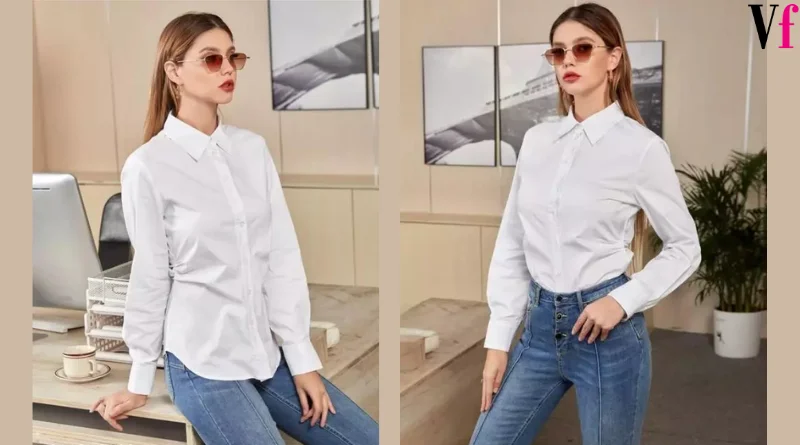
Accessories play a crucial role in elevating formal wear. Statement jewelry, tasteful clutch bags, and elegant heels complement the ensemble, completing the polished look.
Renowned Brands of Formal Wear for Women
India:
- Anita Dongre: Renowned for her fusion of traditional and contemporary designs, Anita Dongre offers formal wear that celebrates Indian craftsmanship while embracing modern sensibilities.
- Sabyasachi: Sabyasachi’s creations are synonymous with opulence and grandeur. His formal wear showcases intricate embroidery, rich fabrics, and a regal aesthetic.
European Union:
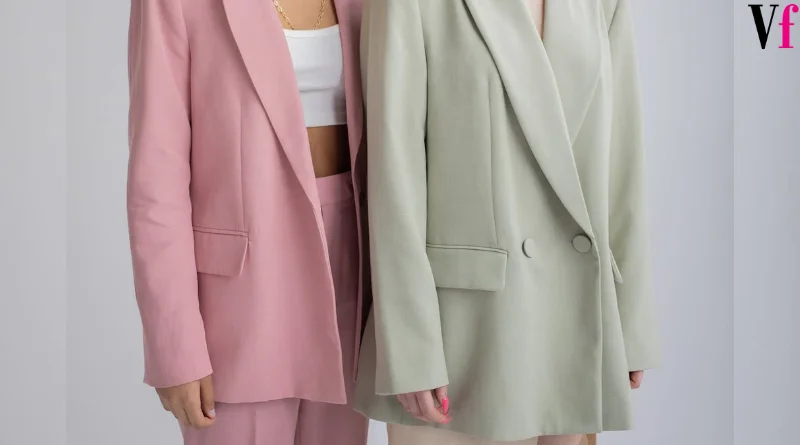
- Stella McCartney: Stella McCartney is celebrated for her sustainable and ethically conscious approach to formal wear. Her designs offer a balance of sophistication and eco-friendliness.
- Valentino: The house of Valentino is synonymous with refined luxury. Their formal wear exemplifies Italian craftsmanship and timeless elegance.
United States:
- Ralph Lauren: Ralph Lauren’s formal wear captures the essence of American elegance. Their designs often feature classic silhouettes and meticulous attention to detail.
- Calvin Klein: Known for its minimalist aesthetic, Calvin Klein’s formal wear offers clean lines and understated sophistication that resonates with modern sensibilities.
The Impact of Formal Wear for Women
Formal wear for women extends beyond aesthetics; it carries social and psychological significance:
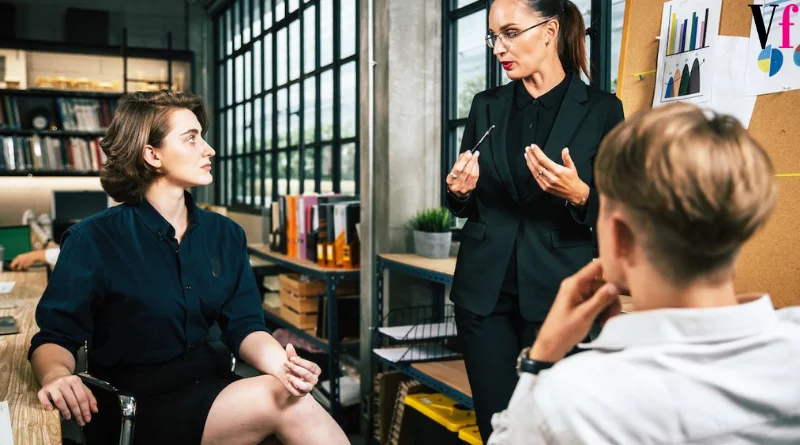
1. Professional Empowerment
Formal wear empowers women in professional settings, projecting authority and competence. A well-tailored suit or dress exudes confidence and professionalism.
2. Milestone Celebrations
Formal wear accompanies significant life events such as weddings, graduations, and awards ceremonies. It captures the gravity of these moments and becomes a part of cherished memories.
3. Gender Expression
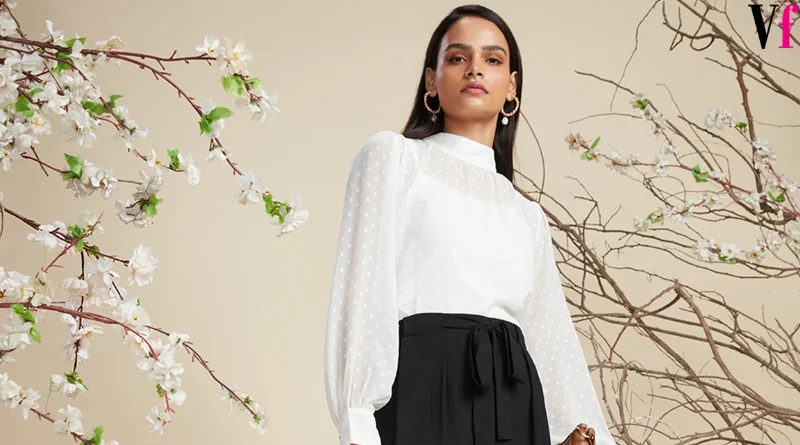
Formal wear transcends gender norms, allowing women to embrace diverse expressions of identity. It challenges traditional notions of femininity, allowing women to define their style on their terms.
4. Cultural Heritage
Formal wear often incorporates cultural motifs and symbols, bridging tradition with contemporary fashion. This fusion allows women to celebrate their heritage while embracing modernity.
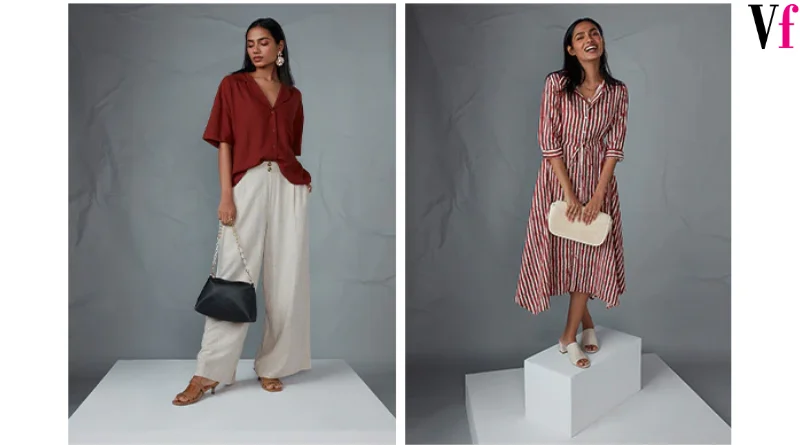
The Future of Formal Wear
Formal wear’s future will likely continue to honor tradition while embracing innovation. Sustainable practices, inclusivity in sizing, and the incorporation of smart textiles are poised to shape the next generation of formal attire.
FAQs: Your Questions Answered
Q: Can formal wear be comfortable?
A: Yes, contemporary formal wear is designed with comfort in mind. Fabrics with stretch, breathable linings, and ergonomic tailoring contribute to a comfortable experience.
Q: Can I wear formal wear for non-professional events?
A: Absolutely. Formal wear has transcended its traditional contexts. You can wear formal attire to weddings, parties, and other special occasions to make a statement.
Q: How can I accessorize formal wear to make it unique?
A: Accessories such as statement jewelry, elegant scarves, and distinctive footwear can personalize your formal ensemble and reflect your individual style.
Q: Is it essential to adhere to traditional formal wear guidelines?
A: While traditional guidelines offer a foundation, modern formal wear allows for personal interpretation. Expressing your unique style while respecting the occasion’s formality is key.
Q: Can formal wear be sustainable?
A: Yes, many designers are prioritizing sustainability in their formal wear collections. Sustainable fabrics, ethical production practices, and responsible sourcing are becoming integral to the industry.

